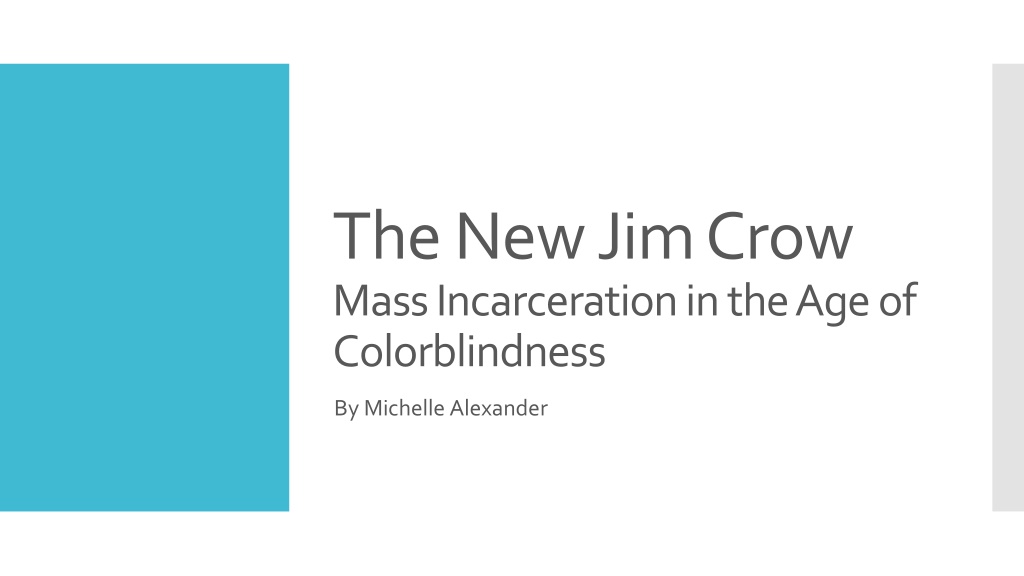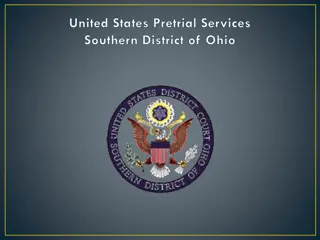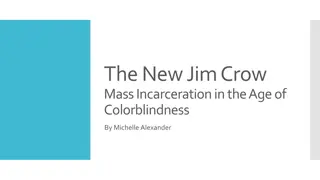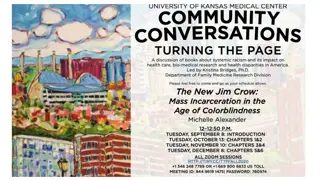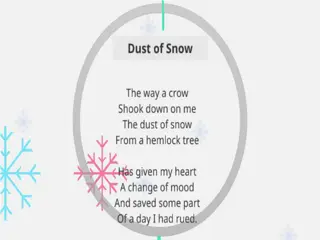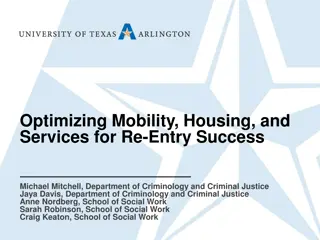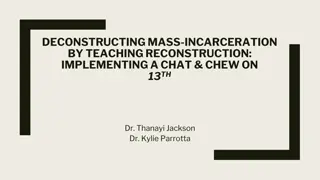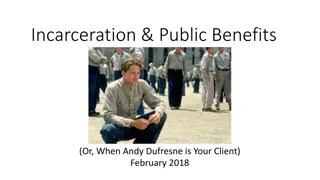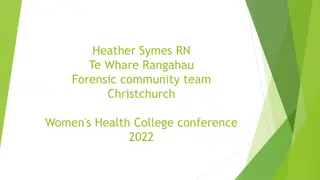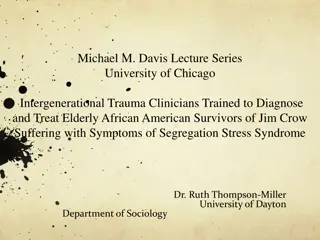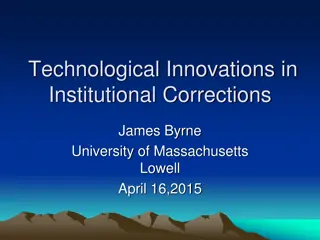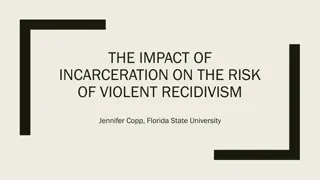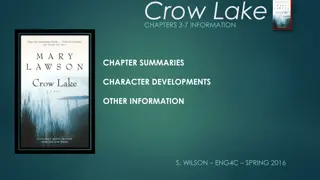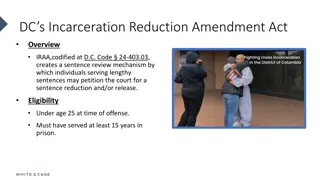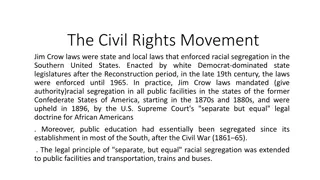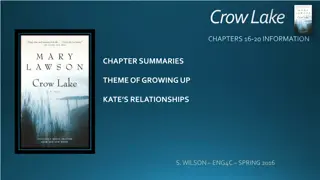The New Jim Crow: Mass Incarceration in the Age of Colorblindness
The book "The New Jim Crow" by Michelle Alexander sheds light on the impact of mass incarceration and racial exclusion in the US, drawing parallels between historical discrimination, Jim Crow laws, and the current criminal justice system's disproportionate effects on the black community. It discusses how generations of black men have been denied the right to participate in democracy, linking past events like slavery, Jim Crow laws, and the Civil Rights Movement to the challenges faced in modern times.
Download Presentation

Please find below an Image/Link to download the presentation.
The content on the website is provided AS IS for your information and personal use only. It may not be sold, licensed, or shared on other websites without obtaining consent from the author. Download presentation by click this link. If you encounter any issues during the download, it is possible that the publisher has removed the file from their server.
E N D
Presentation Transcript
The New Jim Crow Mass Incarceration in the Age of Colorblindness By Michelle Alexander
US Bureau of Justice Statistics
A legacy of racial exclusion Generations of black men born in the US have been denied the right to participate in our electoral democracy Jarvious Cotton cannot vote. His great-great-grandfather could not vote because he was a slave. His great-grandfather was killed by the KKK for trying to vote. His grandfather didn t vote due to Klan intimidation His father was barred from voting by poll taxes and literacy tests. Jarvious cannot vote because he has been labeled a felon and is currently on parole.
Slavery Racial Caste Systems Jim Crow Mass Incarceration
Black Codes Example: vagrancy laws Convict leasing Reconstruction 1867-1877 military occupation of the South 13th amendment, abolishing slavery 14th amendment, due process & equal protection under the laws Black men could vote (15th amendment) and were elected to office 15% of Southern elected officials were black Post Slavery and the birth of Jim Crow Redemption backlash against the gains of African Americans Political campaign to reverse gains of reconstruction Appeal to the fears of poor whites KKK terrorism Vagrancy laws and convict leasing Segregation laws aimed at keeping poor whites from politically aligning with poor blacks against white elites (populist movement)
Civil Rights Movement Desegregation Voting rights Poor people s Movement Addressing not only black poverty, but white poverty as well Law and Order seed planted during civil rights movement Race-neutral language to establish racial wedge Crime was spiking, largely due to Baby Boomers reaching age 14-24, and black unemployment skyrocketing Riots Media sensationalized crime reports as evidence that desegregation and civil rights for AAs led to rampant crime Post Jim Crow
Intense focus on crime by politicians Political tactics of the 1970 s and early 80 s Media campaigns by politicians promising law and order and promising to restore states rights and power particularly in the South. Racially coded language, but technically not overtly racist Predatory criminals and welfare queens depicted in the media
Ronald Reagan 1982 Less than 2% of Americans viewed drugs as the most important issue facing the nation The War on Drugs Drug use was stagnant Federal anti-drug funding from $8 million in 1980 to $95 million in 1984, yet money for treatment and prevention was cut by Media campaign to sensationalize the use of crack cocaine (which increased only after the war on drugs)
1992 Bill Clinton escalated the drug war Tougher on Crime Increased sentencing for drug crimes The War on Drugs Increased spending for corrections and slashed spending for housing and welfare Reduced rights for drug-felons to get Housing Jobs Food stamps
Stop and frisk Majority people of color The War on Drugs Pretext traffic stops Majority people of color Financial incentives to police for numbers of drug arrests Use of SWAT teams in drug raids homes, public housing, schools
Racial Disparity
Many cases heard during the 1990s Ruled in favor of stop and frisk and pretext traffic stops Supreme Court Closed the door to claims of racial discrimination by requiring proof of intentional racial discrimination
Created by Neoconservatives and Neoliberals Trivialize and disguise the depths of black suffering The Age of Colorblindness in the 80 s and 90 s Left America blind to the New Jim Crow Nearly impossible to prove intentional racism
Slavery Followed a growing unity of poor white and black people against rich, white elite (Bacon s rebellion, etc) Jim Crow Followed a growing unity of poor white and black people against rich, white elite (populist movement 1890 s, appealed to white s fear of black progress) Racial Caste Systems Mass Incarceration Followed a growing unity of poor white and black people against rich, white elite (post civil rights attention turned to human right of the poor and appealed to white people s fear of criminal blacks )
Discussion Questions (groups of 3-4 people) 1. Why does the United States have the highest rate of incarceration in the world? 2. It costs $55,000 a year to incarcerate a person for a year in NY State. Is this the way we want our society to allocate its resources? 3. Why are more African American males under the control of the criminal justice system now than were enslaved in 1850? 4. Does the increase in the rate of incarceration reflect the racism in US society?
